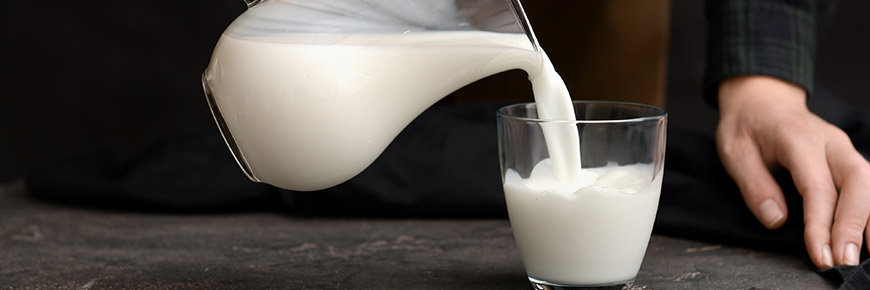As everyone scrambles to fill their pantries, fridges, and freezers with food to last through quarantine, you might find yourself wondering about freezing milk. Freezing milk to enjoy later can be a smart way to ensure that you have all the milk you need later – which is an alluring idea, given that milk can be hard to find in today’s picked-over supermarkets. Read on to discover everything you need to know about freezing milk and how best to use it once it’s been thawed.
Freezing Milk
If you want to freeze milk – whether it’s dairy milk or plant-based – you'll first want to check the "sell-by" or expiration date on your carton. If the date hasn't passed yet, you're good to freeze. After that, you’ll want to determine what to store the milk in while freezing. Unlike water, milk expands when frozen. Consider pouring your milk into two or three freezer-safe plastic containers to make the thawing process easier.
Thawing Milk
An easy way to thaw milk is to simply move your milk from the freezer to the refrigerator and keep it there overnight. If time is of the essence, you can fill a large bowl with cold water and submerge the frozen container of milk inside — just be sure to replace the lukewarm water the cold water as it warms up. Never thaw milk at room temperature, as that could ruin the milk immediately.
Using Thawed Milk
While frozen milk retains all of its original nutrients, fat separation can give the milk a "grainy" texture once thawed. Because of this, frozen milk is best used for baking, cooking, and smoothie making, as opposed to drinking. No matter how you choose to use it, frozen milk should be consumed within 2–3 days of thawing.
Whether its money, pet care, or traveling tips, we have all the information you need right here at Vail Village Club Apartments in Dallas, Texas. We invite you to enhance your lifestyle with these helpful tips!



